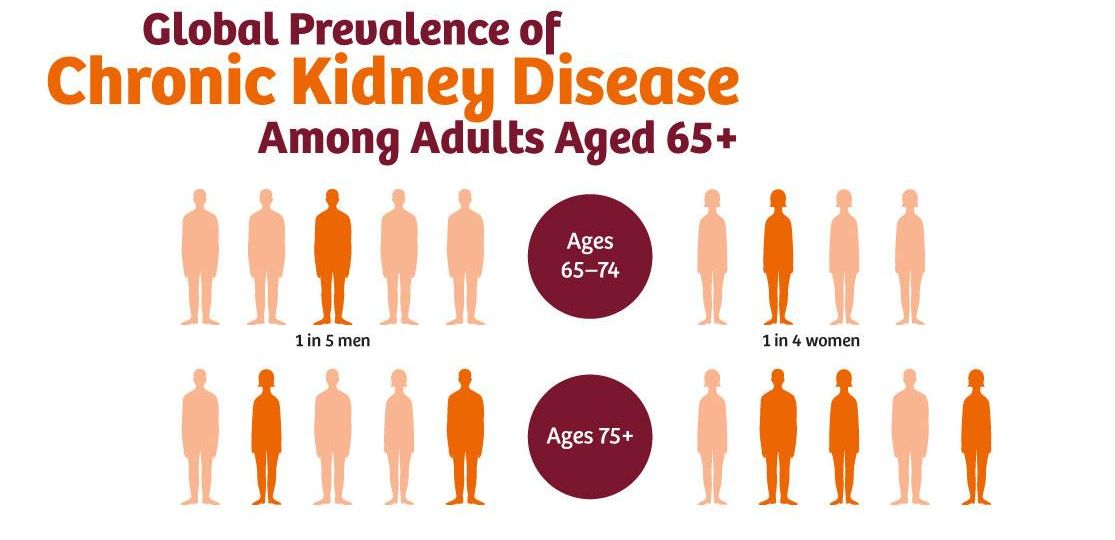IMPROVING PUBLIC ACCESS TO PREVENTIVE AND CURATIVE STRATEGIES TO COMBAT CHRONIC KIDNEY DISEASE
A mysterious chronic kidney disease (CKD) has been killing thousands of Sri Lankans. In 20 years the disease has left more than 20,000 people dead and affected more than 400,000; some villages report it causes as many as 10 deaths a month. For those already affected by this disease, care is often inadequate. The country has just 183 dialysis machines, forcing most villagers to receive less than the three recommended weekly treatments. In the absence of reliable information, fear and rumors are driving thousands to seek desperate measures, including many which are unscientific and spurious. CKD should be viewed like any public health issue where health promotion, prevention, early detection, treatment and rehabilitation principles would apply. The selection of the appropriate strategy depends on the scientific basis, current epidemiology, and plausibility of behavior change where it applies, economic feasibility and political interest. Whilst the Ministry of health being the agency to take lead on Public health can identify the prevention strategic plan, its implementation would depend on greater understanding of the public and the efforts of other relevant non health sectors. A prevention strategic plan has not been developed although some measures have been taken based on strengths of individual advocacy. These interventions have been carried out as inter-sectoral approaches related to pesticide, fertilizer regulation and provision of safe water. Engaging the public would help decision makers to consolidate and implement more effective prevention strategies to reduce occurrence of CKD. The other pressing concern of the ministry of health has been to expand services for dialysis for those affected with CKD. There is no reliable information available to those affected and citizens at large on availability of dialysis machines and medicines in public hospitals. Issues to be Addressed: At the present the public is not aware of prevention, mitigation and coping strategies on CKD, including accessing information on critical medical interventions. Main Objective: Increase the level of understanding of public regarding prevention, mitigation and coping with CKD and engage civil society in developing the prevention plan


